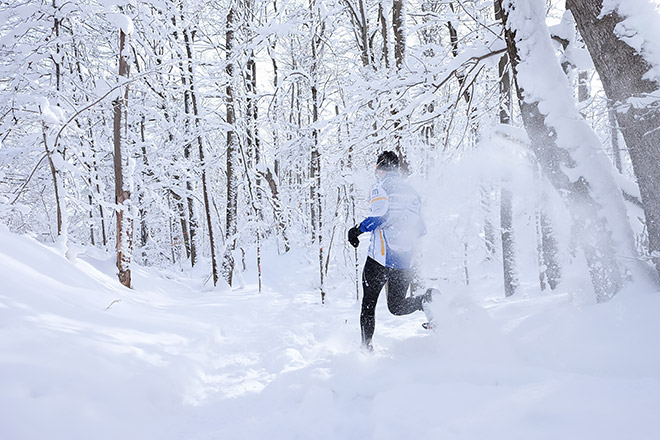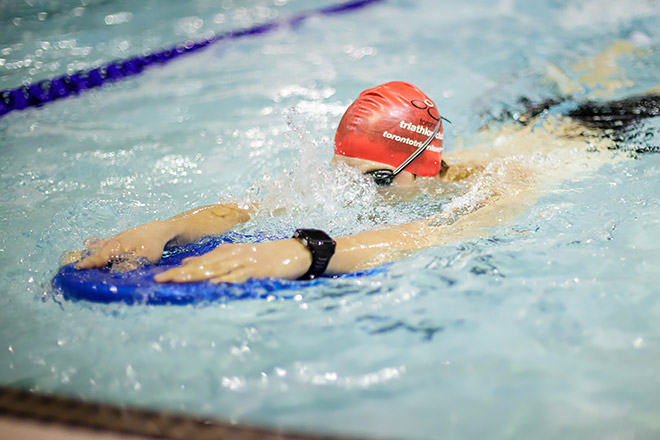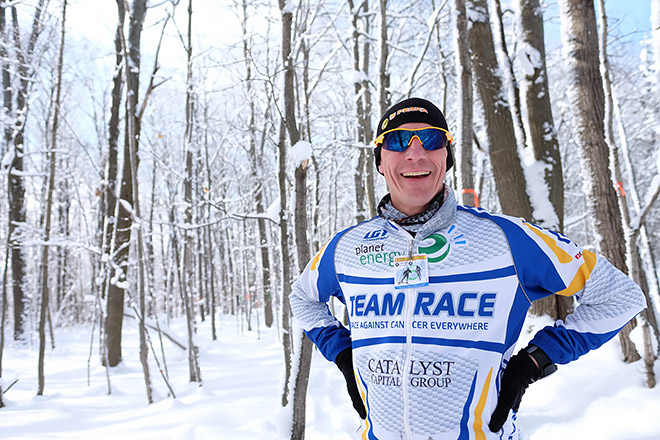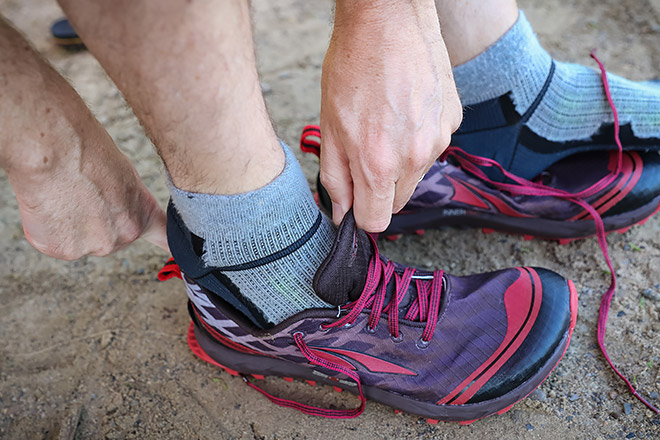It’s spring and the hills are alive with the sound of mountain bikers riding around and enjoying themselves, while keeping their focus on the trail up ahead.
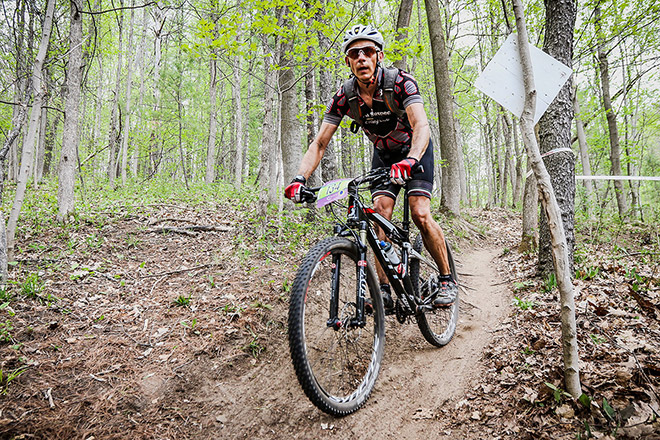
Mountain biking is an amazing sport that with some practice and skills, can keep you fit and keep your motor skills sharp.
If you are new to mountain biking and you are ready to hit the trails, there are a few things you should know.
Essential Equipment:
- a properly fitted bike that is designed for the type of riding that you will be doing. This is key to enjoying your riding experience and also to minimize chance of injury
- a proper fitting helmet to protect you in case you fall off onto the trail or in case an unexpected tree jumps out at you.
- a hydration pack in which you can carry your water, nutrition, repair kit (including spare tube, a pump, and multi-tool with a chain breaker)
- properly fitted clothing, including cycling shorts with padding for a more comfortable ride, gloves to protect your hands and a jersey to wick away the sweat and that will move with your body as you roll through the paths.
- sunglasses not just to protect your eyes from the sunlight but also to protect you from dirt or branches that may come your way.
- a basic first aid kit – you just never know
- cycling shoes are an option – although not mandatory. With cycling shoes and clipless pedals, one can generate more power, as you are attached to the bike, allowing a smoother pedal stroke throughout the entire circle. That being said, there is nothing wrong with wearing a pair of shoes with a stiff sole (such as a skateboarding shoe), allowing you to take your foot off the pedal and putting it down quickly until you are confident enough to try clipless pedals.
Training Tips:
Like any sport or activity, one needs to build up endurance and intensity slowly to minimize chances of injury. Some coaches and athletes will build up anywhere from 3-5 weeks and drop back their volume/intensity for one week and then start building up again. This is one way to build your mileage/intensity safely. Your body breaks down over a period of time and needs the week to recover and rebuild itself, allowing you to grow stronger and to develop your stamina.
If you are very new to mountain biking or not quite comfortable on your bicycle, then learn to ride on light trails before hitting more challenging and hilly terrain. If you aren’t comfortable, you will be tense and will find it more difficult to ride, because riding requires a rider to be relaxed in order to be able to manoeuvre through the trails quickly and efficiently. Check out your local trails and bike shops to see if they have Learn to Ride courses for cyclists – and specifically – for mountain biking.
Weight training is another area that will help support your riding. You don’t have to spend many hours a week in the weight room. It could be as simple as doing push-ups to strengthen your upper body and help manoeuvre your bike; this will also help to minimize fatigue on longer rides. Squats and deadlifts will strengthen your legs and glutes, which drive your bike over the flats and hills. Strengthen your core muscles with planks, bridges and Supermans – this will keep you stable with better body positioning, allowing you longer, more enjoyable ride time.
Safety:
Safety is crucial in mountain biking, as well as knowing your limits.
If you can, go out and ride with a friend. Firstly, it’s more fun but this way you have back up if something happens to you. If you can’t find someone to ride with, make sure that you are carrying some form of ID – a driver’s licence works or RoadID has a band with all your important info, including a list of allergies and emergency contact info.
Let people know where you are riding and how long you will be out there.
Stay alert at all times; especially if you are riding a tricky trail.
NEVER wear headphones! You must be aware of your environment and of other riders or users of the trails, as well as people coming up on your rear and trying to pass you. Plus it’s so nice hearing the sounds of nature as you ride.
To the point above, if you are going to pass someone, yell “on your left”, DON’T just pass them, it could startle them and cause an accident.
This may seem obvious but DON’T text and ride or have a phone conversation!
Wear a helmet. Due to the nature of the sport, a helmet is the most important piece of protective equipment that you will own and use. Most trails and parks make it mandatory to wear one. Even it isn’t mandatory, do yourself a favour and protect your brain.
Ensure that your bike is safe. The tires and the chain must be in good condition; no cracks in the frame; bolts should be tight and ensure that your brakes and gears are properly adjusted and in good working order.
Now that you have a good base of information, go out and enjoy the trails!
Happy riding!
